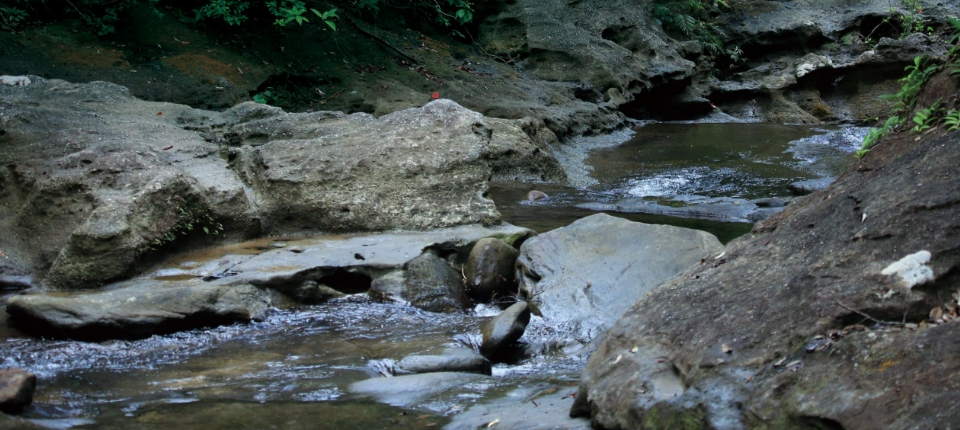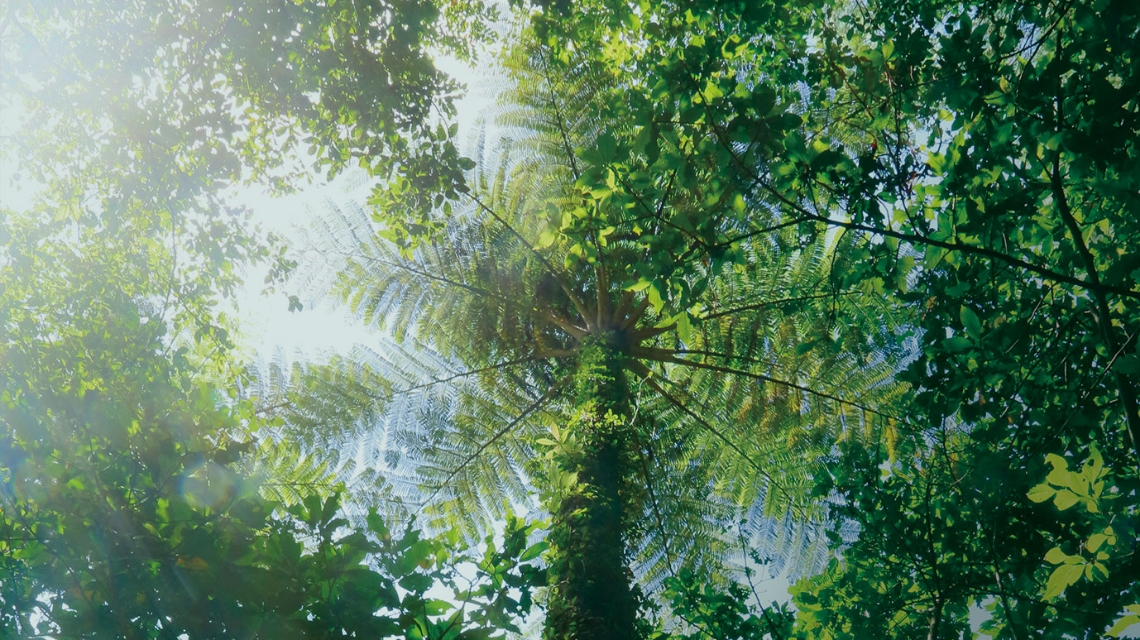
Forming Links with the Future as a Natural World Heritage Site
Our goal is to see the Yambaru region and Iriomote Island, along with the Amami-Oshima Island and Tokunoshima Island of Kagoshima Prefecture, listed as a World Heritage under the natural site category. Obtaining the listing and receiving worldwide recognition will make it possible to transcend the barriers of nations and ethnic groups, for all the world's peoples to protect the beautiful natural environment of the Ryukyu Islands and pass it down to future generations.
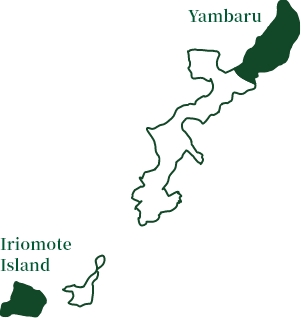

(Matrona basilaris japonica)

(Luscinia komadori namiyei)

(Takydromus smaragdinus)

(Euphaea yayeyamana)

(Chalcophaps indica)

(Kallima inachus eucerca)
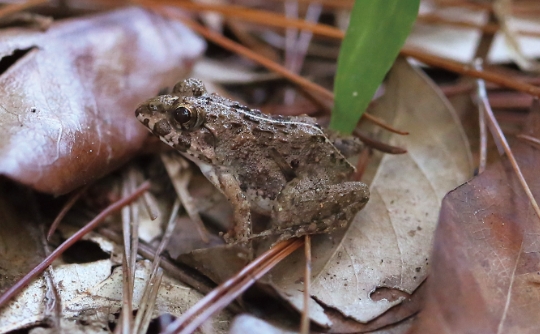
(Fejervarya sakishimensis)

(Plestiodon stimpsonii)

(Chalcophaps indica)

(Dendrocopos kizuki nigrescens)

(Gallirallus okinawae)

(Cynops ensicauda)

(Sapheopipo noguchii)
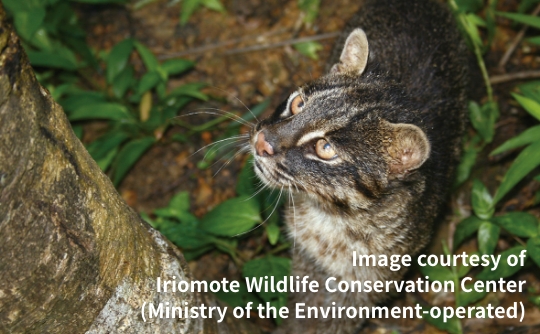
(Prionailurus bengalensis iriomotensis)
Encouraging Future Generations to Maintain This Spirt
The ecosystem of the Ryukyu Islands that was formed in such a closed and geographically isolated environment is extremely fragile.
That environment is something that we can preserve and manage, and by doing so encourage future generations to have the same spirit.
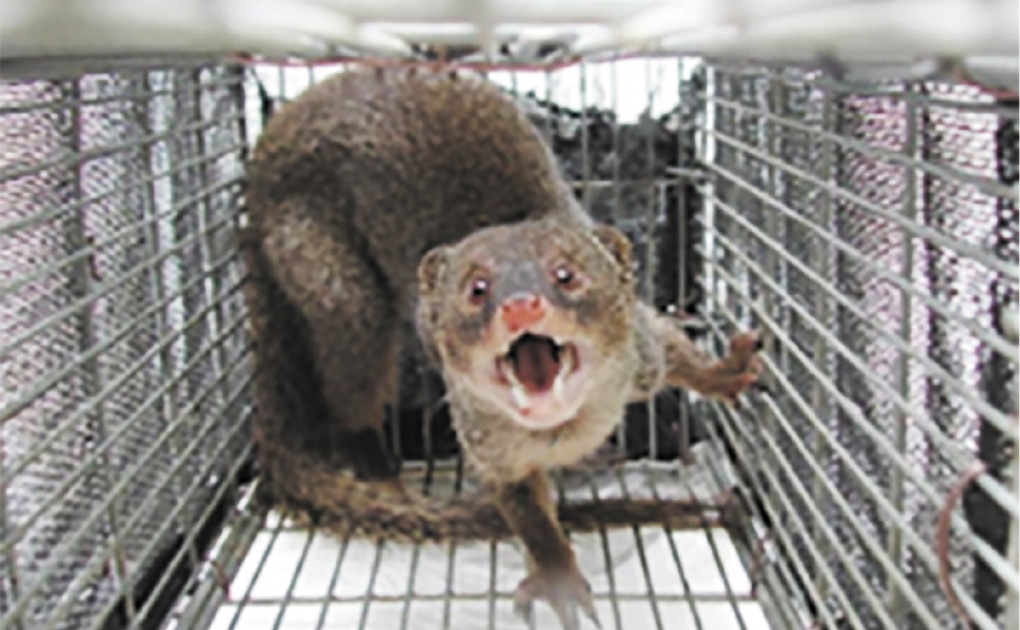
Measures for Dealing with Invasive Species
Efforts are being made to capture invasive species—including animals brought in from overseas such the mongoose as well as those from elsewhere in Japan—so that they do not have a negative impact on those living animals already in the region.
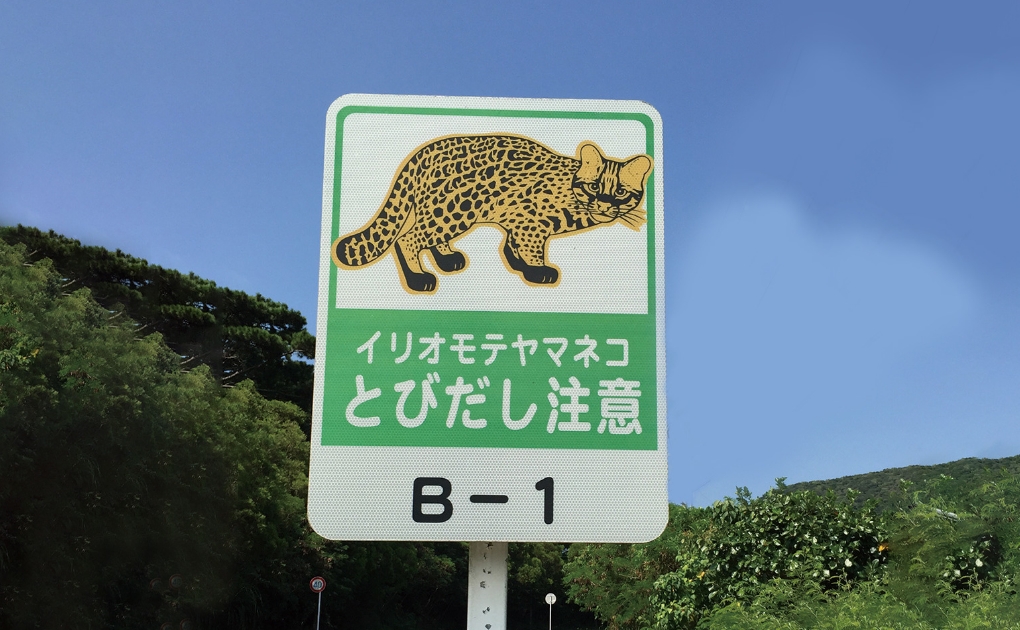
Measures to Prevent Roadkill
Local authorities have been issuing widespread notices to prevent traffic accidents that result in roadkill. These efforts include confirming locations where these incidents occur, exchanging information, and conducting awareness-raising drives to prevent their occurrence.
What Each of Us Can Do
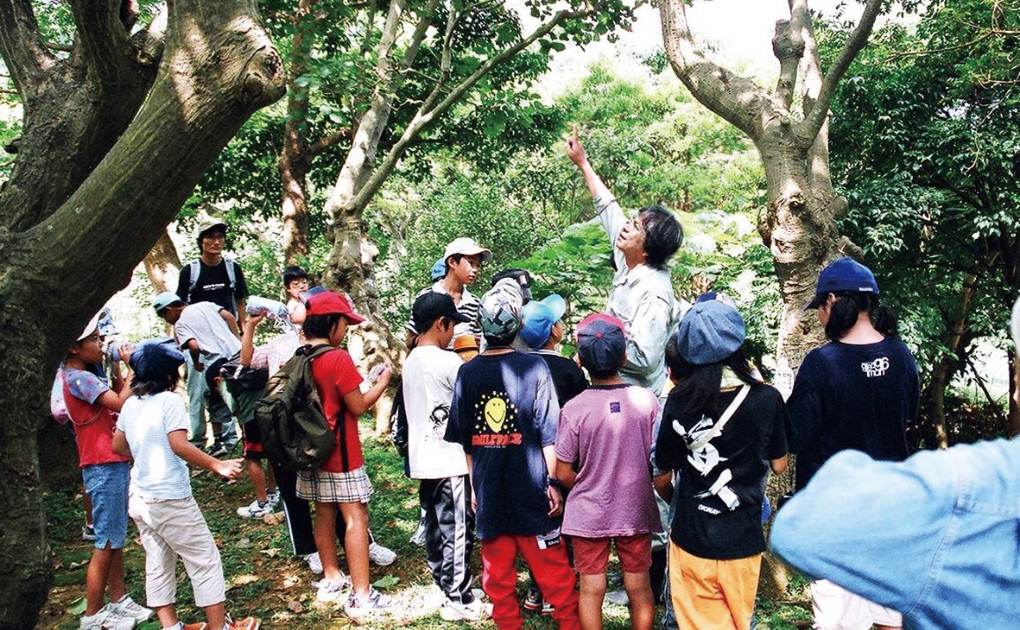
Encounter Nature Firsthand and Learn About It
We can learn a lot about wildlife and their ecosystem by encountering nature firsthand. When studying nature, we should stop bringing in and taking out those wildlife that might destroy or disturb the ecosystem. The only thing that we should leave behind after visiting such an environment is our footprints, and the only thing that we should take with us are memories and photographs. There are many conservation and volunteer efforts that you can get involved with to protect the environment. Give one of those organizations a call.
